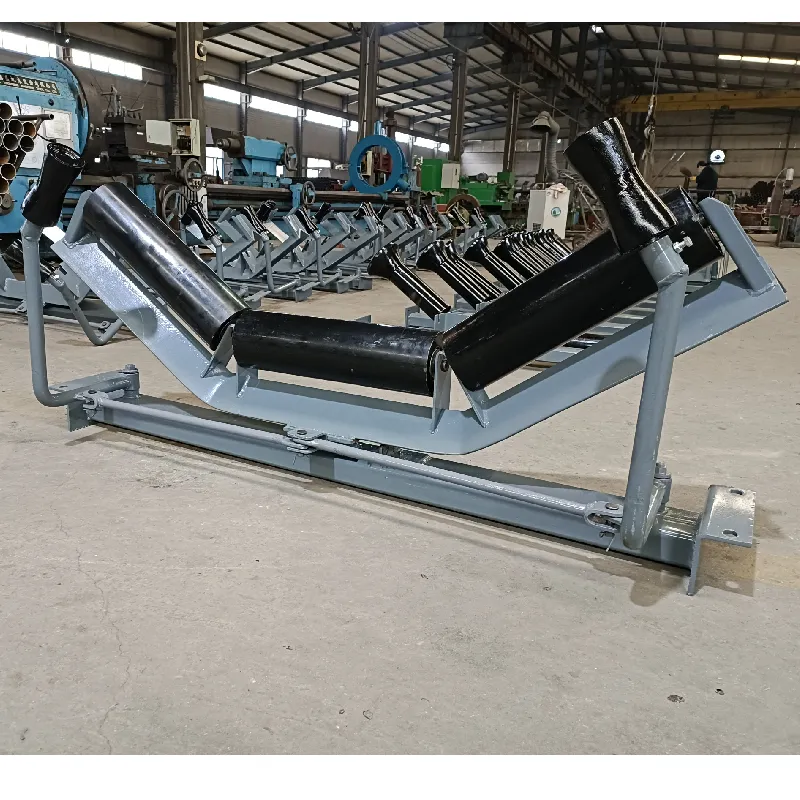 Afrikaans
Afrikaans  Albanian
Albanian  Amharic
Amharic  Arabic
Arabic  Armenian
Armenian  Azerbaijani
Azerbaijani  Basque
Basque  Belarusian
Belarusian  Bengali
Bengali  Bosnian
Bosnian  Bulgarian
Bulgarian  Catalan
Catalan  Cebuano
Cebuano  Corsican
Corsican  Croatian
Croatian  Czech
Czech  Danish
Danish  Dutch
Dutch  English
English  Esperanto
Esperanto  Estonian
Estonian  Finnish
Finnish  French
French  Frisian
Frisian  Galician
Galician  Georgian
Georgian  German
German  Greek
Greek  Gujarati
Gujarati  Haitian Creole
Haitian Creole  hausa
hausa  hawaiian
hawaiian  Hebrew
Hebrew  Hindi
Hindi  Miao
Miao  Hungarian
Hungarian  Icelandic
Icelandic  igbo
igbo  Indonesian
Indonesian  irish
irish  Italian
Italian  Japanese
Japanese  Javanese
Javanese  Kannada
Kannada  kazakh
kazakh  Khmer
Khmer  Rwandese
Rwandese  Korean
Korean  Kurdish
Kurdish  Kyrgyz
Kyrgyz  Lao
Lao  Latin
Latin  Latvian
Latvian  Lithuanian
Lithuanian  Luxembourgish
Luxembourgish  Macedonian
Macedonian  Malgashi
Malgashi  Malay
Malay  Malayalam
Malayalam  Maltese
Maltese  Maori
Maori  Marathi
Marathi  Mongolian
Mongolian  Myanmar
Myanmar  Nepali
Nepali  Norwegian
Norwegian  Norwegian
Norwegian  Occitan
Occitan  Pashto
Pashto  Persian
Persian  Polish
Polish  Portuguese
Portuguese  Punjabi
Punjabi  Romanian
Romanian  Russian
Russian  Samoan
Samoan  Scottish Gaelic
Scottish Gaelic  Serbian
Serbian  Sesotho
Sesotho  Shona
Shona  Sindhi
Sindhi  Sinhala
Sinhala  Slovak
Slovak  Slovenian
Slovenian  Somali
Somali  Spanish
Spanish  Sundanese
Sundanese  Swahili
Swahili  Swedish
Swedish  Tagalog
Tagalog  Tajik
Tajik  Tamil
Tamil  Tatar
Tatar  Telugu
Telugu  Thai
Thai  Turkish
Turkish  Turkmen
Turkmen  Ukrainian
Ukrainian  Urdu
Urdu  Uighur
Uighur  Uzbek
Uzbek  Vietnamese
Vietnamese  Welsh
Welsh  Bantu
Bantu  Yiddish
Yiddish  Yoruba
Yoruba  Zulu
Zulu Innovative Solutions for Drum Pulley Lagging Optimization and Performance Enhancement
Understanding Drum Pulley Lagging Importance and Applications
Drum pulley lagging is an essential component in the field of conveyor systems and material handling. It refers to the process of applying a protective layer, typically made of rubber or polyurethane, onto the surface of the drum pulley. This lagging material serves multiple purposes, including enhancing traction, reducing wear and tear, and preventing slippage between the conveyor belt and the pulley.
The Importance of Drum Pulley Lagging
1. Enhanced Friction and Traction One of the primary functions of lagging is to improve the friction between the pulley and the conveyor belt. This is especially critical in systems where loads are heavy or where inclines are involved. Improved traction helps in the effective transmission of power, thereby increasing the overall efficiency of the conveyor system.
2. Wear Resistance The lagging material protects the underlying steel drum from wear and tear caused by the constant interaction with the conveyor belt. Without lagging, the steel surface can suffer significant damage, leading to costly maintenance and potential downtimes. The rubber or polyurethane layer absorbs impacts and reduces abrasion, thereby prolonging the life of the drum pulley.
3. Prevention of Slippage Slippage can lead to a variety of operational issues, including decreased productivity and increased energy consumption. Properly installed lagging helps to ensure that the belt remains firmly in contact with the drum, minimizing the risk of slippage during operation.
4. Vibration Damping The rubber material used in lagging also provides damping properties, which can significantly reduce vibrations generated during the operation of the conveyor system. This not only enhances the comfort of the surrounding environment but also contributes to lower noise levels and a more stable operation.
drum pulley lagging

Types of Lagging Materials
The choice of lagging material can depend on various factors, including the type of application, the conditions of operation, and the specific requirements of the conveyor system. Common lagging materials include
- Rubber Lagging Known for its durability and traction, rubber lagging is widely used in many industrial applications. Its resistance to abrasion makes it suitable for handling materials with sharp edges or those that create a lot of friction. - Polyurethane Lagging Lightweight and highly resistant to wear, polyurethane is another popular choice. It often has better resistance to certain chemicals and temperature fluctuations compared to rubber. - Ceramic Lagging For applications that involve extreme wear conditions, ceramic tiles can be bonded to the lagging material. This provides an additional layer of protection and extends the life of the drum pulley significantly.
Installation and Maintenance
Proper installation of lagging is crucial to achieving its intended benefits. It is essential that the lagging be applied evenly and without gaps to maintain a consistent surface for contact with the conveyor belt. Regular inspections should be conducted to assess the condition of the lagging and to identify any areas that may require maintenance or replacement. Timely replacement of worn lagging can prevent more extensive damage to the drum and help maintain optimal performance.
Conclusion
In conclusion, drum pulley lagging is a key factor in the efficiency and longevity of conveyor systems. By ensuring enhanced traction, reducing wear, minimizing slippage, and providing vibration damping, lagging contributes significantly to the overall functionality of material handling systems. As industries continue to evolve and place higher demands on their operational equipment, the importance of high-quality drum pulley lagging becomes even more pronounced, underscoring the need for continual advancements in material technology and application techniques.
-
Revolutionizing Conveyor Reliability with Advanced Rubber Lagging PulleysNewsJul.22,2025
-
Powering Precision and Durability with Expert Manufacturers of Conveyor ComponentsNewsJul.22,2025
-
Optimizing Conveyor Systems with Advanced Conveyor AccessoriesNewsJul.22,2025
-
Maximize Conveyor Efficiency with Quality Conveyor Idler PulleysNewsJul.22,2025
-
Future-Proof Your Conveyor System with High-Performance Polyurethane RollerNewsJul.22,2025
-
Driving Efficiency Forward with Quality Idlers and RollersNewsJul.22,2025





























